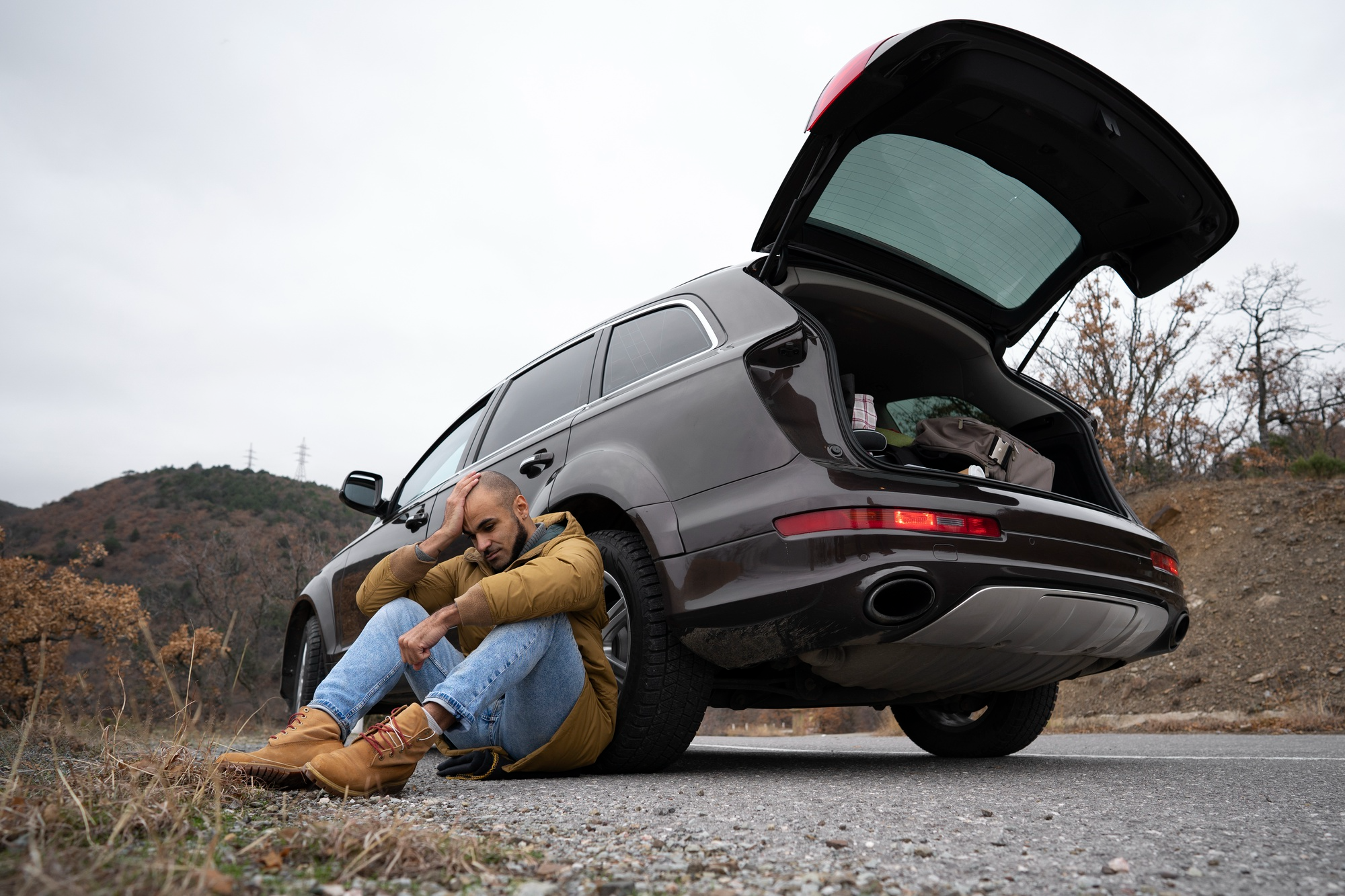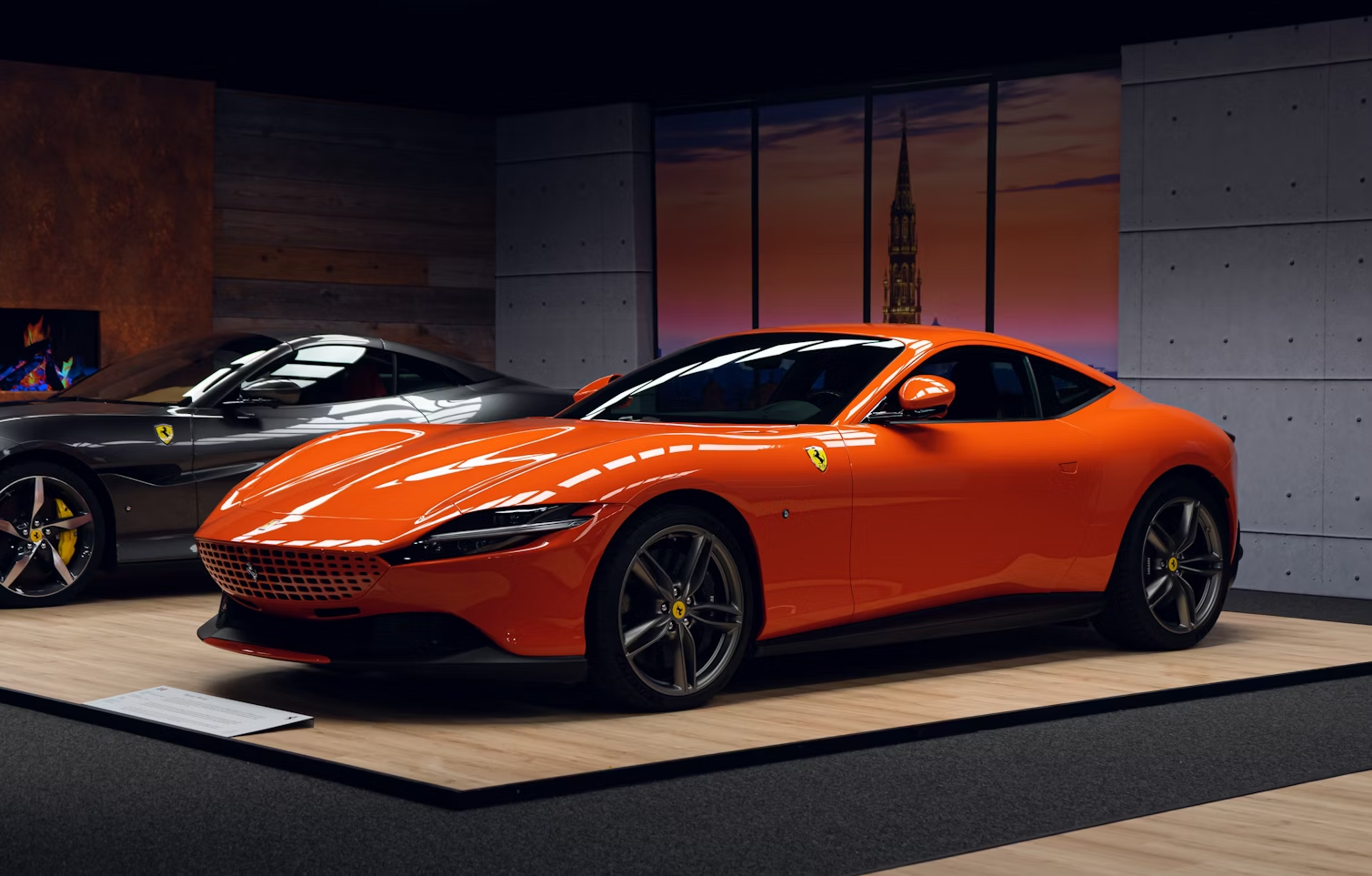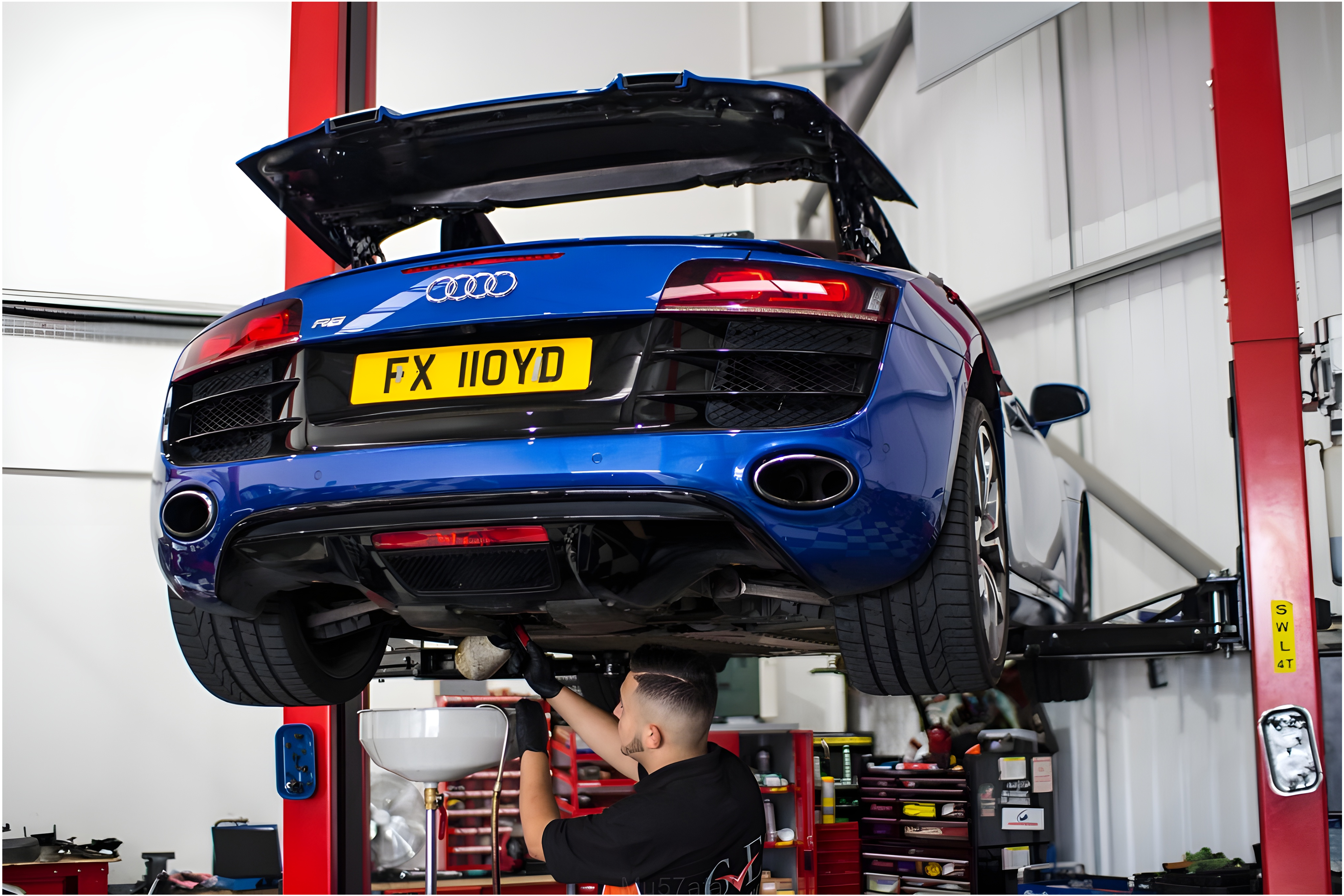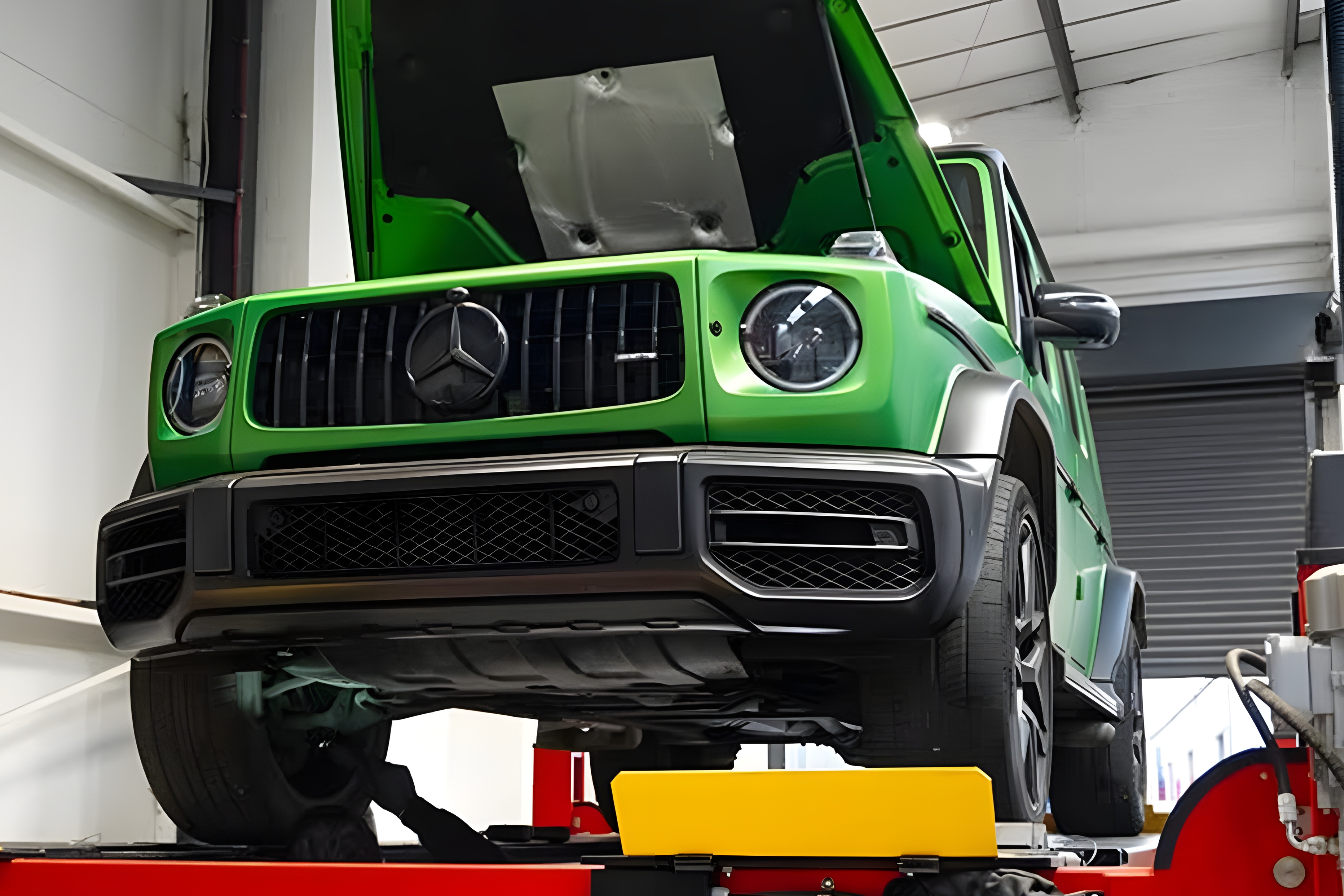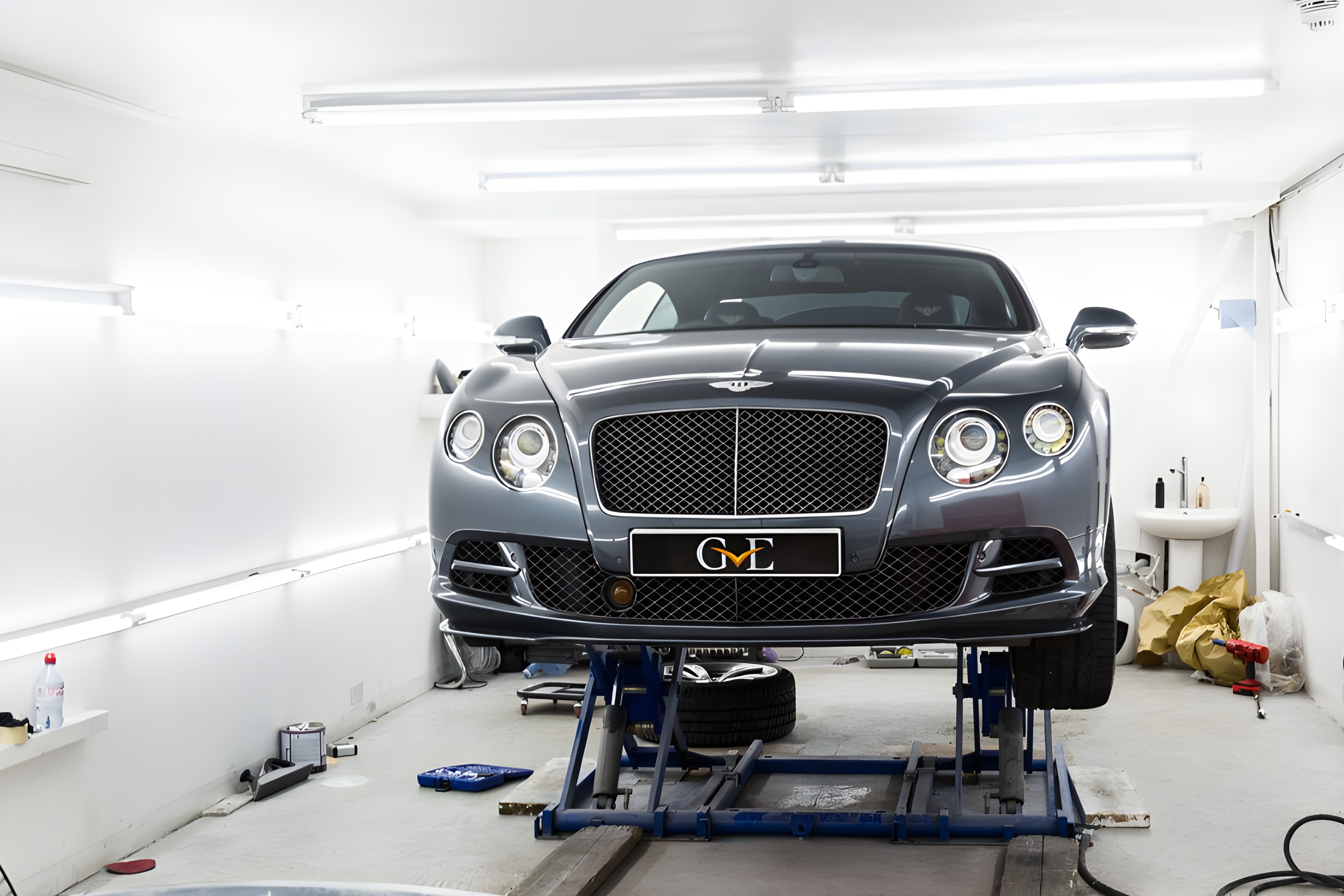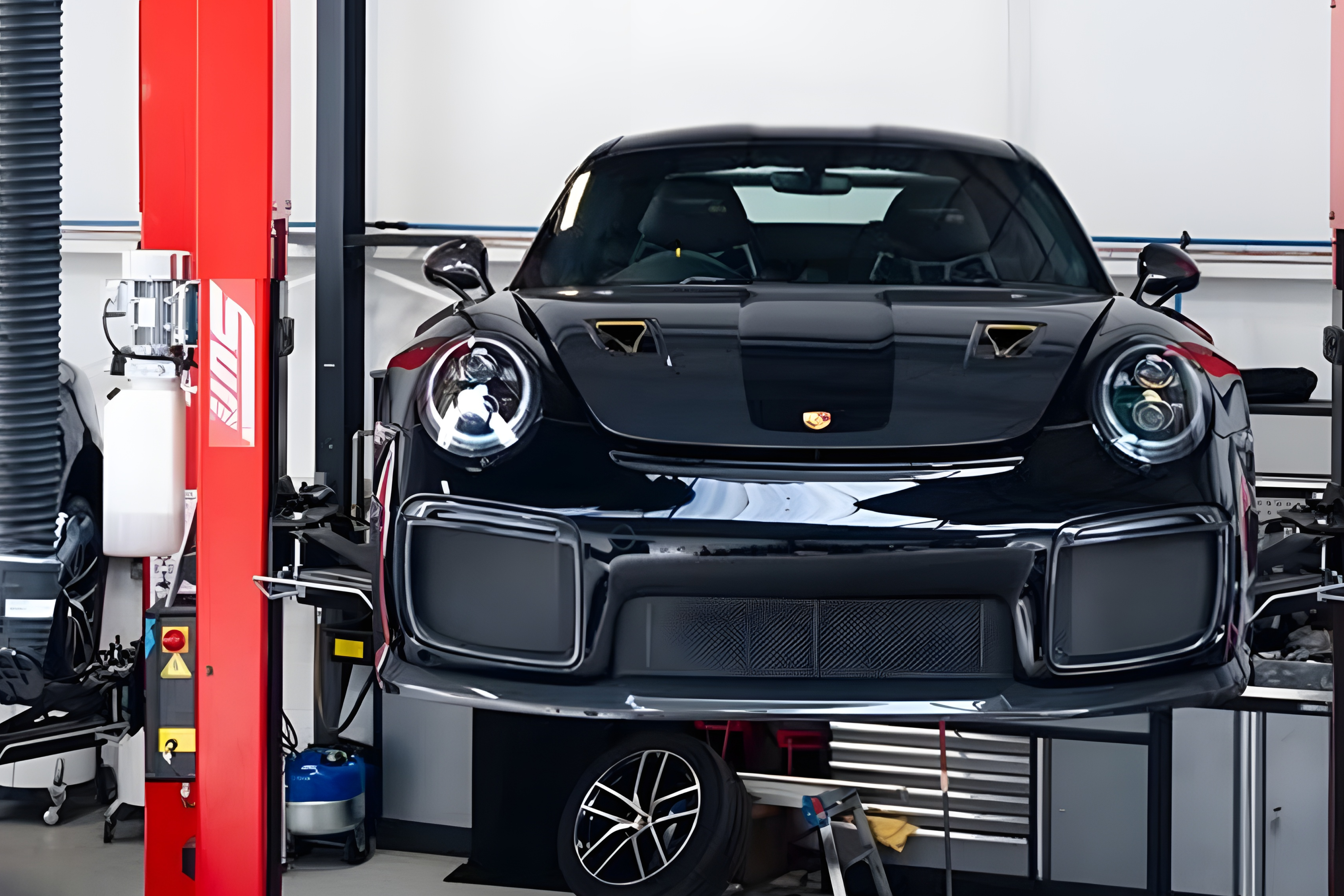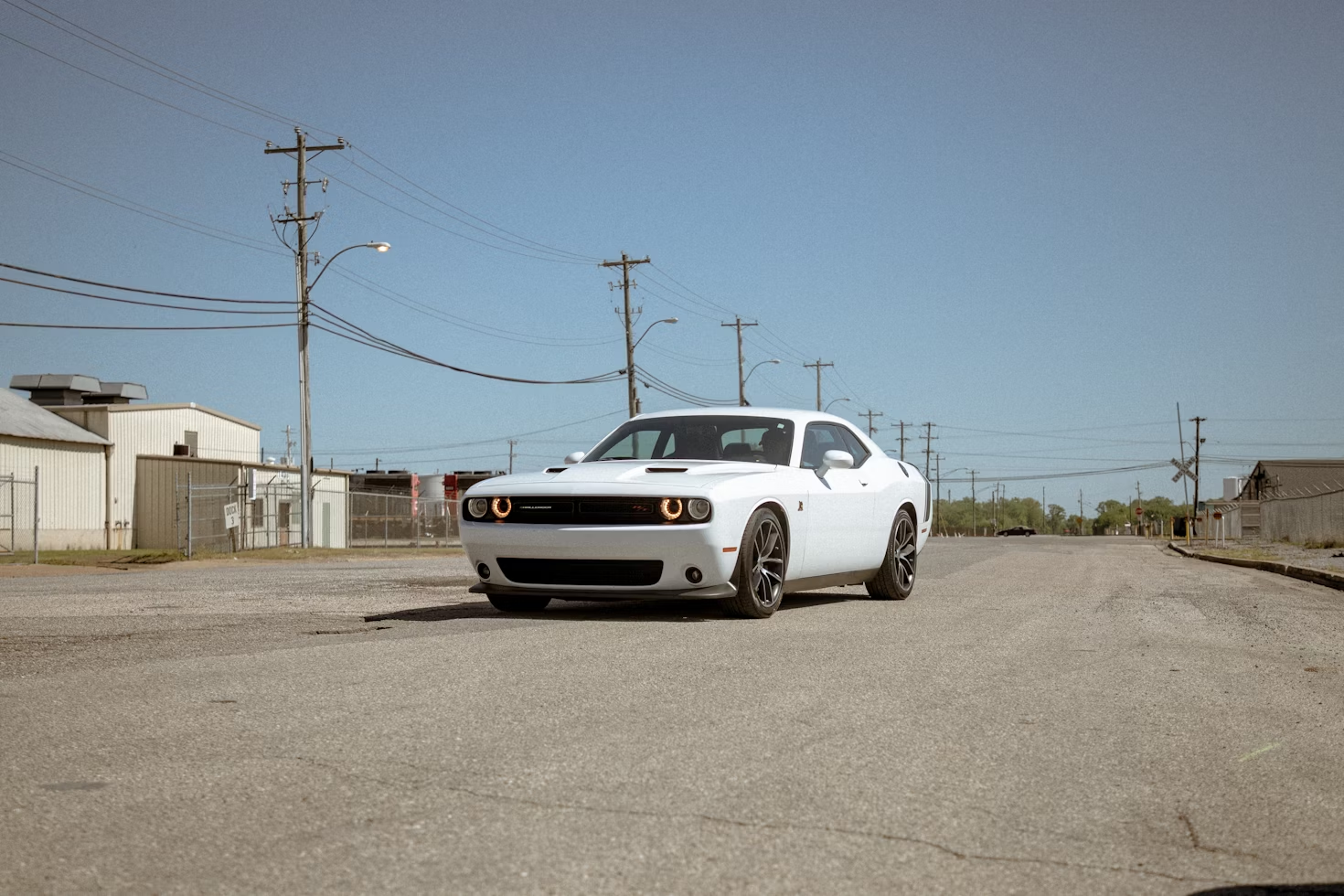
Jaguar F-type coupe review
We are standing in the middle of a three-mile stretch of deserted, smooth-surfaced Spanish road, its two lanes snaking seductively into sight and out again through wooded hills about an hour north of Barcelona airport.
Our two supercharged V6 Jaguar F-type coupés – a dark blue 375bhp V6 S and a white 335bhp base model – are parked there too, ticking from recent exertion, although their engines are silent. Tomorrow, we will meet the mighty V8 model, 44 per cent pokier than either of these.
But the power isn’t what’s most important here. What matters is the coupé’s aluminium fixed roof, a yard and a bit square and the piece of hardware that puts the lid on the Jaguar F-type, knitting its front and rear pillars together to make a true monocoque structure and improving on the already impressive torsional rigidity of the F-type convertible by a staggering 80 per cent, to a point where it might as well be made of granite as light metal.
The improvement figure is so remarkable that Jaguar has already stopped emphasising it, because it makes the convertible sound old-school ‘twangy’, which it isn’t, and rather negates the (true) story that the coupé and convertible were designed together for rigidity.
Whatever, this all-aluminium, front-engined, rear-drive coupé, which is about the size of a BMW 3-series and uses many components soon to appear in Jaguar’s new 3-series chaser, the XE, is the stiffest Jag in history by a large margin. The company’s engineers have used the new rigidity to build even more dynamic capability into the coupé, raising spring rates by 4.3 per cent at the front and 3.7 per cent behind (don’t you love the precision of those figures?) to build extra body control, agility and steering precision into the car because its stiffer core structure can deliver it.
It makes sense to ramp upward through the range, so we’ll start with the basic F-type coupé, here devoid of optional extras but for its 19-inch wheels, an inch bigger than those fitted as standard. Settling into an F-type coupé is surprisingly different from the convertible. There’s a new feeling of snugness, because when you swing the door shut, ambient noise dies, too.
Set the seat low and the wheel fairly high for a perfect view through the wheel of the twin-hooded dials of the main instruments (tacho on the left) and you see the road just over the top of the wheel rim, sighting down the bonnet. There’s no excess of headroom but the footwells are generous, there’s plenty of arm and shoulder-room, you have good lumbar support and the well bolstered seats grip your lower back at the sides.
The high centre console with, moving downwards, screen, vent controls, starter switch, elegant gear selector and window switches, completes the feeling of business-like snugness. Everything feels to have been executed with quality but nothing is overdone.
You can tell a standard V6 by the simplicity of its lines: twin central exhausts and a simple diffuser at the rear, no black side skirts and no sign of extra badging at the front. The F-type’s unusually beautiful grille opening is there, along with the shark-gill air scoops either side that add so much to the car’s character. The shape has balance and symmetry. It’s special, but not showy.
Thumb the starter and the engine blips and settles to an even hum, with no sign of a burble. We’ll get overrun crackles later. This base V6 lacks the adaptive damping of its two pricier siblings and you don’t get the bigger steel brakes of the others. Neither can you choose carbon-ceramic brakes as an option.
You miss out on the launch control and mechanical limited-slip differential of the V6 S, and don’t get within a prayer of the top model’s smart diff (whose electronics subtly decide which rear wheel needs the more torque, and when) or its built-in brake-led torque-vectoring system, which tickles the car’s inside brakes in corners, when necessary, to kill understeer.
What you do get is a 335bhp supercharged engine, an eight-speed gearbox with standard, sports or full manual modes, and normal traction and chassis stability controls, which are variable through a Dynamic mode, as with other Jaguars. This is the purest and simplest F-type and from it you immediately learn the car’s fundamentals: the excellence and adjustability of the driving position and the handling opportunities brought to you by th eperfect weight distribution and the positioning of your backside two-thirds of the way along the wheelbase to the rear wheels.
You can either pull the central lever straight back into ‘D’, snick it one notch further back into the self-shifting ‘S’ mode, or flip it sideways to give yourself full control of the eight gears. All modes are fun, but soon enough you’ll find yourself trundling in ‘D’, pulling ‘S’ for overtaking on the open road and going for manual mode for a bit of fun, perhaps just to hear the exhaust rasp on acceleration and crackle on overrun.
A Dynamic mode switch, featuring a little chequered flag, sharpens the throttle, increases the steering effort and gives you a sportier exhaust – which you can quieten with a separate switch if the drone annoys on a cruise, which it can.
However, the F-type coupé is not a switch-fiddler’s car. Far from it. In the way that it rides, steers and handles, there is a purity about the car reminiscent of, but better than, every other modern Jaguar. As you drive for the first time, you feel the supreme accuracy and perfect weighting of the steering, whose effort build-up with speed has clearly been tested, plotted, refined and refined again.
Attack a half-fast corner and the car swings easily through it, perfectly on line. Go faster and it’s the same. Zero perception of body roll, the tiniest whiff of understeer (just enough to allow you to tighten your line by throttling off), the reassurance of tremendous grip and an ever-present feeling of accuracy that allows you to deal out the road in inches on exit when you’re departing corners you’ve never seen before.
We’re still in the base car, remember. It feels quick and capable, with a wide performance spread enhanced by the availability of so many gears, something that shows up particularly as you accelerate briskly off the line. Perhaps because of the engine’s docility and your ease of controlling it, the performance is unthreatening but this car will still pull out a 0-60mph sprint in 5.1sec and top 160mph.
The base engine’s peak torque, delivered between 3500rpm and 5000rpm where you do most of your driving, is only 7lb ft lower than that of the V6 S, rated nearly 40bhp stronger at the 6500rpm power peak, right at the top of the rev range. This abundance of torque accounts for the fact that the S shaves only 0.3sec from the standard car’s 0-60mph time, and only 0.2sec from its 50-75mph acceleration (3.1sec against 3.3sec), although it does have an extra 10mph of top speed.
Practically speaking, the biggest difference that you’ll notice between the pair is the slightly thinner exhaust note of the cheaper car, which looks the better performance value, especially since it also saves fuel and CO2 emissions.
Where you do notice a difference between the V6s is in their suspension behaviour. The base car relies mostly on the excellence of the F-type’s design fundamentals, to which the S adds adaptive damping, bigger brakes, bigger wheels and that mechanical limited-slip diff.
In slow and wet corners, you’d probably notice the difference between the standard open diff and the S’s slippery variety (for us it was dry and sunny), but the big difference is how the active damping controls the body on smoothly surfaced but uneven bitumen. The car simply refuses to pitch and, despite firm spring rates, stays comfortable and composed at speeds where lumpy surfaces limit the comfort and capability of lesser cars.
The steering is superb, giving the V6 S an almost mystical capability of holding its line in long, lumpy corners. The easiest adjustments with the throttle or wheel always seem to deliver you to the exit, inch perfect, with no great application of skill. Jaguar aims to flatter ordinary drivers, so it’s mission accomplished.
The F-type V8 coupé is an entirely different animal. Our Steve Sutcliffe put it best when he drove a prototype: it’s “worryingly quick,” he said. Not because it can’t handle the power but because such a potent car needs decisiveness and concentration.
The V8 R adds a 5.0-litre 542bhp supercharged V8 (with quad pipes), that electronic active diff and brake-controlled torque vectoring. You also get a V8 burble that grows into a satisfying roar in Dynamic mode, an extra 73kg of mass (mostly over the front wheels), standard 20-inch wheels with bigger steel brakes and the option of carbon-ceramic discs and extra-sticky tyres on lighter forged wheels.
Most of all, you get a 186mph top speed and a 0-60mph time of 4.0sec.
On our test track, we took the car to its governed V-max of 186mph, at which speed it still sits flat and steers faithfully, its large tailgate spoiler (which deploys at 70mph) countering the lift that harms stability.
On the circuit’s long and wide corners, it is easy to bring the car to its limits and hold it there, feeling the influence of the torque vectoring that refuses to allow understeer in all but the most senseless manoeuvres. I have a tendency to apex too early in slow corners and wash out too far on exit, but in such cases, you feel the system killing understeer and directing you back to where you should have been in the first place.
Best fun for the normal mortal is the system’s Dynamic stability mode, which allows you to oversteer fairly shallowly and keep your speed up but won’t allow big handfuls of unproductive and expensive oversteer.
You can kill all the electronics if you want to, and oversteer with smoke pouring off the rear wheels and great gobs of opposite lock. Even when drifting at 40mph, the car has an innate sense of balance, poking its tail willingly and holding it out with power for what seems like minutes, then stepping obediently back in line exactly on cue.
It may sound weird, but for all the contortions and tricks that it can do, I find that the most beguiling characteristic of the F-type – and this goes for all three models – is the wonderful quality it has of simply going straight. You sit there, even on difficult surfaces, your fingers resting lightly on the wheel, not moving it so much as a millimetre, because unless you actually need to initiate a manoeuvre, the car has assumed a steady state of stability. It simply needs no correction or adjustment.
Such supreme faithfulness is rare indeed, but it is what Jaguar’s superb F-type coupé delivers best of all.
Source: Autocar.co.uk
RECENT POSTS
SERVICES
Contact Us
"*" indicates required fields


